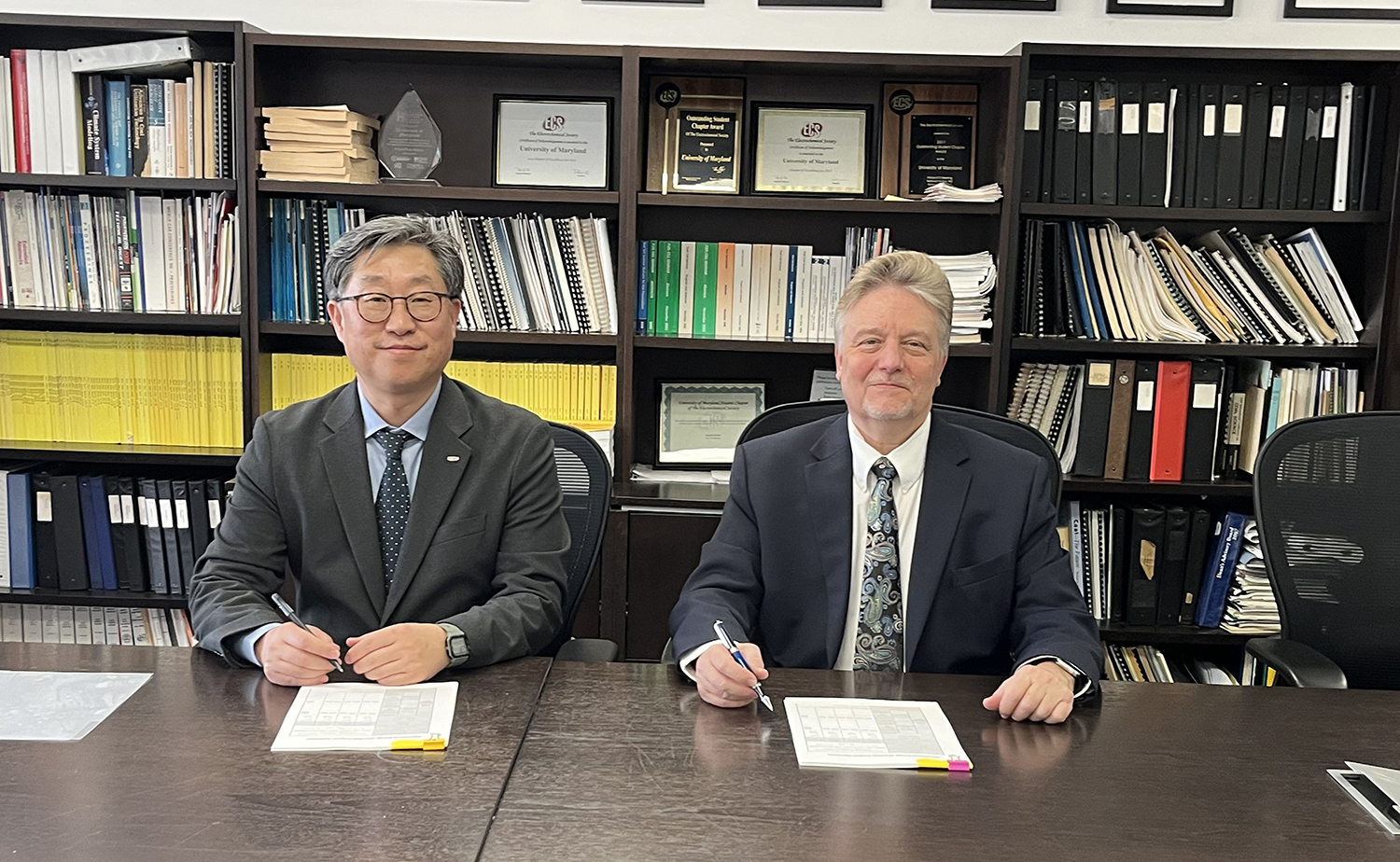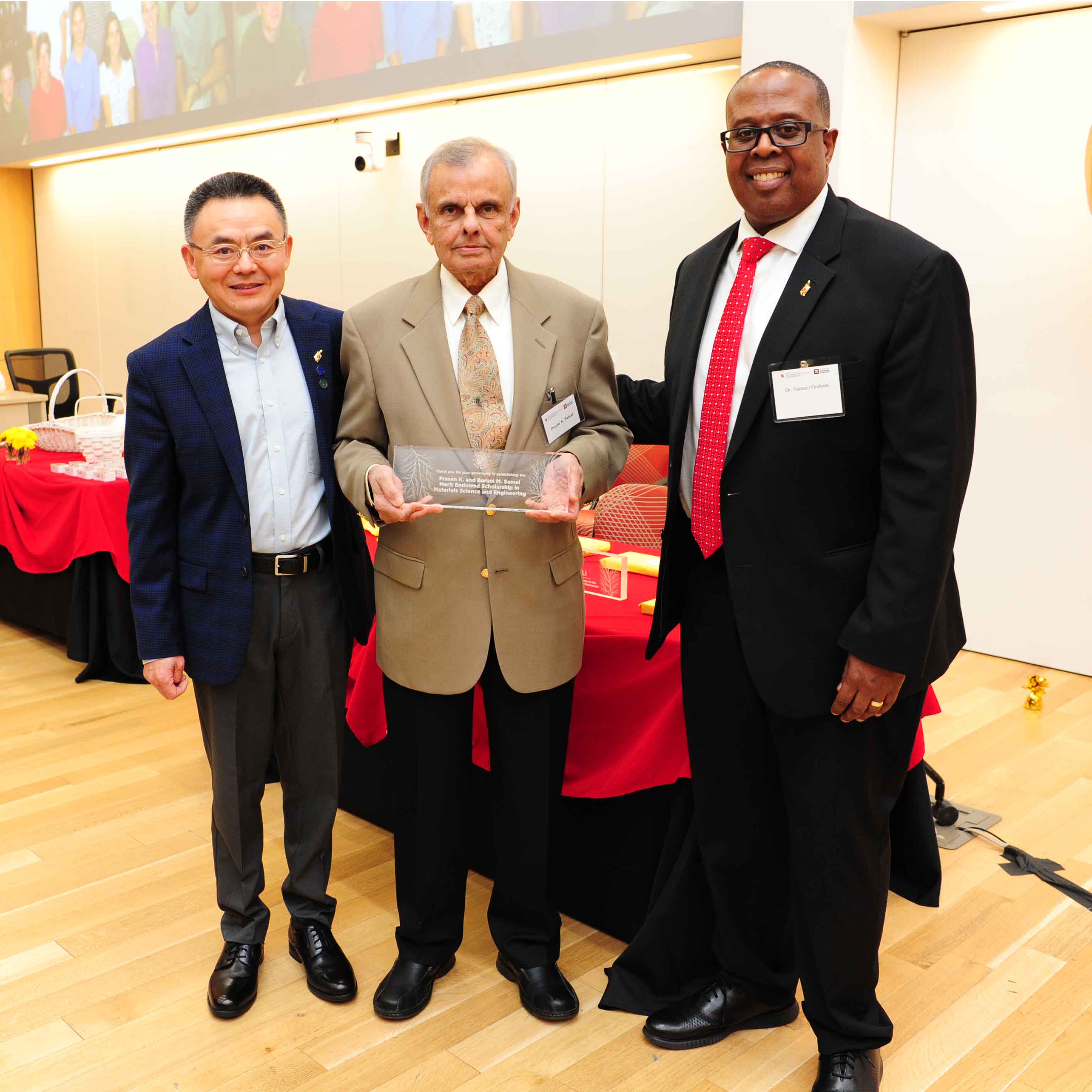News Story
NIST Highlights Leite’s “Battery Perimortems"
Research published by Department of Materials Science and Engineering (MSE) and Institute for Research in Applied Physics (IREAP) professor Marina Leite, MSE adjunct professor Alec Talin (Sandia National Labs) and their colleagues–the first to describe a way to observe solid state batteries as they fail–was highlighted in the National Institute of Standards and Technology’s Tech Beat.
The procedure, which has previously been featured in Clark School news, uses a combination of imaging techniques to watch solid-state lithium-ion batteries in realtime as they charge and discharge. In the published study, Leite and her team used it to discover why aluminum anodes, which could help make batteries lighter and cheaper, degrade so quickly. The problem was traced to the formation of “mounds” on the surface of the aluminum. These structures both permanently trapped lithium and blocked still-free lithium ions from participating in the charge/discharge cycle. An additional barrier was created when the naturally occurring aluminum oxide on the anode’s surface reacted with lithium to form a stable alloy that surrounded the mounds.
In the piece by Mark Esser, Leite describes the typical method of studying before and after microscopy “snapshots” of batteries, which are used to infer how failure occurs, as “postmortems.”
“[But] in our case,” she adds, “we could follow as the morphology changed on the anode’s surface and track how it impacted the performance of the battery, quantifying the capacity loss while charging and discharging the battery and mimicking what happens when a battery is in use.”
Read the full Tech Beat article:
“New Imaging Technique Finds Formation of Aluminum Alloys to Blame for Next-Gen Battery Failures”
Published March 10, 2015









